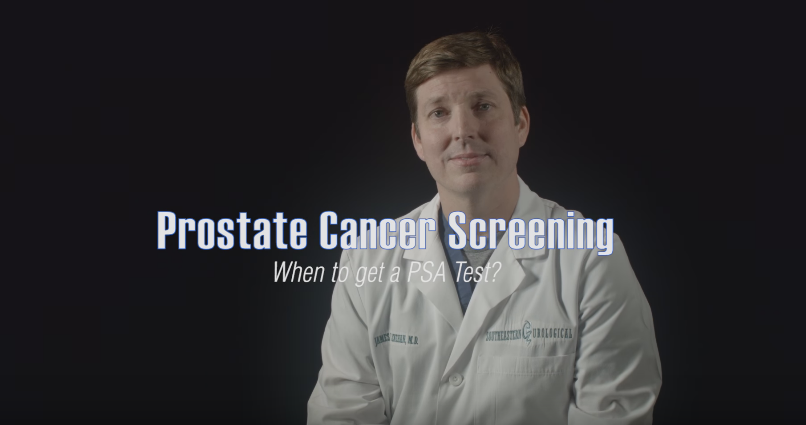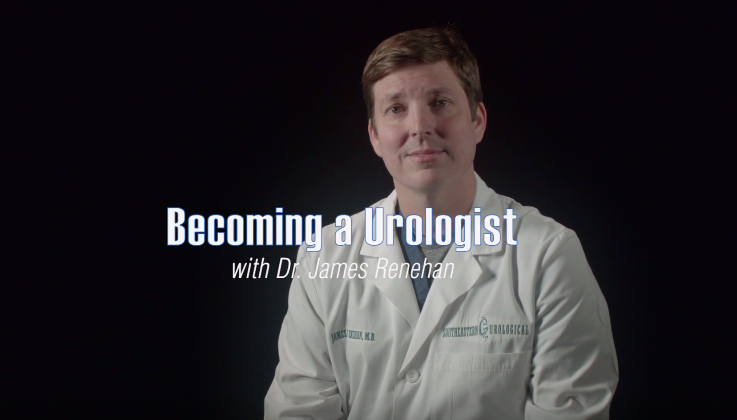Statistically, 50 percent of all men experience erectile dysfunction (ED) at some point of their life, with the risk of ED increasing with age. Roughly 30 million men in the United States suffer from ED, a condition that causes frustration and the breakdown of marriages and self-confidence.
Evolution of Erectile Dysfunction Treatments
Over the years, the medical management of erectile dysfunction has evolved greatly. For instance, before oral phosphodiesterase inhibitors (PDESi) like Cialis, Standra, Viagra, Levitra and related medications were introduced, doctors could administer one of only two effective treatments for erectile dysfunction: surgical penile revascularization and implantation of a penile prosthesis.
The emergence of Viagra and related oral drugs for ED ushered in a new age of non-invasive treatment of the condition. These drugs relax the muscles in the penis and increase blood flow, allowing patients to have an erection. However, while these drugs are helpful for many men, they are not safe for men with high blood pressure, severe liver disease, kidney disease, or who take nitrate drugs. The drugs also come with side effects such as a runny or stuffy nose, dizziness, fainting and blurred vision. Because of these limitations, doctors have continuously looked for new treatment options for erectile dysfunction.
New Treatment Options
New treatment options for ED include:
- Injection therapy: Drugs such as alprostadil (sold under the names Edex, Caverject and Prostin VR) and the suppository-form of alprostadil (sold as MUSE) are currently available to patients. Alprostadil causes expansion of blood vessels and increased blood flow to the penis, enabling patients to get erections.
- Extracorporeal shock-wave therapy (ESWT): Also called acoustical wave therapy or linear shockwave therapy, ESWT uses high-frequency acoustical waves for treatment of the root cause of ED. During treatment, the waves are used to open and repair blood vessels in the penis. The therapy improves blood flow in the penis by creating new blood vessels or rejuvenating existing ones, which in turn increases the patient’s ability to get an erection.
- Melanocortin activators: These drugs stimulate erection by acting through the central nervous system. For instance, the drug PT-141 is effective in stimulating erection when given through the nose to men with mild-to-moderate non-medical (emotional or psychological) erectile dysfunction.
- Topiglan: This is a cream that is applied to the penis. Topiglan contains alprostadil, the same drug that is injected or applied as suppository by men with ED.
- Uprima (apomorphine): Working to stimulate the secretion of the brain chemical dopamine, Uprima heightens sexual interest and increases sensations. It comes in tablet form that easily dissolves under the tongue. However, because of its major side effects of nausea and vomiting, research is still going on to find a nasal spray alternative that causes less nausea but is equally effective.
- Gene therapy: The therapy delivers genes that help generate proteins or products that can replace those that are not functioning well in the penile tissues of men with ED. While experimental use of gene therapy has reported tremendous success, regulatory approval and the public’s acceptance of the therapy may still take some time.
If you are suffering from erectile dysfunction, consider your options carefully. Talk to your urologist openly. Effective treatment of ED can improve your quality of life, ability to maintain intimate relationships and boost your self-esteem. At Advanced Urology Institute, we are always improving our range of treatment options to give the very best to our patients. When you visit our urology center in Florida, you can be sure that you will have a broad range of treatment options, including the very latest, for erectile dysfunction. For more information on diagnosis and treatment of erectile dysfunction, visit the “Advanced Urology Institute” site.






